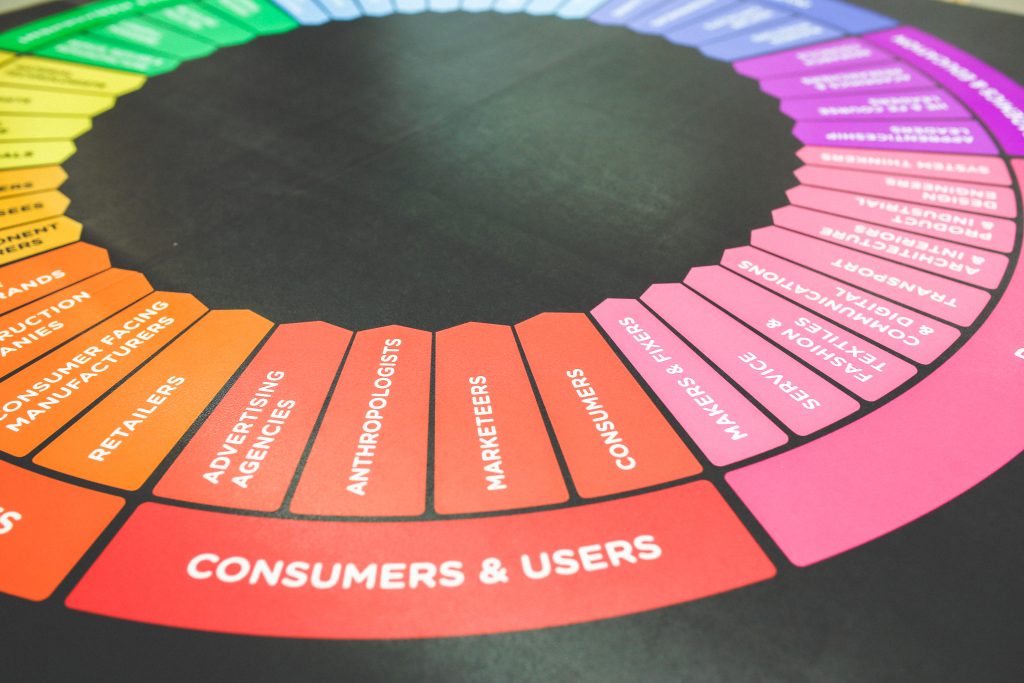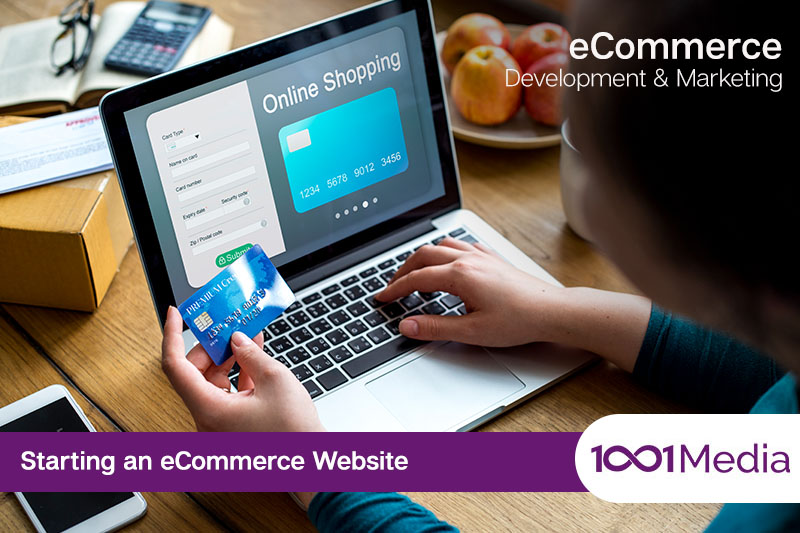Under the current circumstances around the globe, there are a lot of discussions going about creating an online business. In this context, you might think of launching an e-commerce website in Dubai. Here in this post, we are giving you a complete guide on how to go about it.
You might choose an online business model to create financial independence or planning to move your offline business to an online version. In either case, there are a lot of opportunities available even if your resources are limited. You get more insights as you read this post further.
A few years ago it was much easier to create a website and drive organic traffic but as with anything that has value, more and more people start implementing it. Thereafter, this model of generating traffic becomes less easy, and more barriers were created due to demand and supply.
According to the website, Statista eCommerce sales will be above 4.5 trillion by the end of 2021.
E-commerce Website In Dubai
If you do have an offline business, you might be sure what to sell online and can skip the next section. However, if you are doubtful about what you are going to sell, we will guide you in this post on how you can set up an e-commerce website within a week and start selling.
No More Drop-shipping?
In fact, in the last few years, there have been a lot of arguments about building an online business with the dropshipping model, but it has been skewed entirely towards shipping from Aliexpress or Alibaba.
We do not say that it is a bad idea but in today’s circumstance it is not practical to have an online dropshipping business based on suppliers from China. If you are not a supplier yourself, the best alternative is to partner with local suppliers for your store.
Dropshipping is totally different from wholesale business. In dropshipping, you have the advantage of not stocking the products yourself unless you are supplier yourself.

Find The Product’s Market
If you are setting up a new business online and do not have much experience with product marketability, you need to do research and estimate the market share you plan to achieve.
Most beginning e-commerce store owners skip this product research process as they get impatient with the time the process takes, settling with any product or industry that looks promising.
A solution to this problem is identifying your target audience and surveying them to find out their exact requirements. It might take more time to get the surveys filled but it is worth the effort.
By now, we assume you have an idea of what to sell and we will move further by choosing a platform for your e-commerce website.
There are hundreds of e-commerce platforms out there, but the one that you require is based on your specific requirements and resources. In our experience, there is no ONE platform that everyone can use or should use.
We have put together the table pointing out certain advantages and disadvantages of some of these major e-commerce platforms.
You could choose from Shopify, Magento, Woo-commerce, or Prestashop as your e-commerce store. In this post, we will use Prestashop as the platform to create the store.
This gives you complete freedom over your database and you can modify the website as you wish. You also do not have to pay a monthly subscription like Shopify and it can be hosted on a fairly economical VPS hosting. If you have enterprise-level integrations or run stores from a lot of locations you will require advanced features. Otherwise, you might require only a system that uses fewer resources and investment.
Prestashop meets our checklist for functions and economical usage of resources.
We Will Take You Through The Process:
1. Acquiring a domain.
2. Setting up your server.
3. Setting up your database.
4. Installing Prestashop 1.7.
5. Store layout and Design.
6. Customizing the design.
7. Customizing the features.
8. Creating content pages.
9. Setting up categories and products.
10. Uploading products in bulk.
11. Setting up payment gateway.
12. Setting up email alerts.
13. Creating attributes for variation.
14. Setting up shipping.
One of the key advantages of setting up your e-commerce store on Prestashop is that you can customize the front end of the website with just a basic knowledge of some HTML and CSS.
Creating aesthetically appealing online stores is possible with PrestaShop as it has customizable modules like slideshow creators, widgets, etc. You could use the PrestaShop marketplaces to buy templates and modules to customize as you wish.
Choosing a VPS Hosting Service Provider
There a lot of hosting providers out there and we would suggest the following ones:
1. Namecheap
2. LiquidWeb
3. FastComet
With MailChimp you can capture these leads and follow up with promotions and nurture email sequences.
Adding Products and Categories
PrestaShop lets you have categories and subcategories for your products. Once you have the categories set up you can start creating products for your store. This is one of the most interesting parts of the entire e-commerce products as you can see your website is populated with products and coming alive with catalogs in view.
After the products are added you need to make them indexed so that they show up in the site search.
Another way to have your store populated with products and categories is through bulk upload. You could download the bulk upload template from here.
Setting Up Payment Gateway
Most payment gateways support Prestashop. In this example, we would be using PayPal and COD payment.
You can activate these modules through the payments section of the dashboard.
Setting Up Email Marketing
Create an account with MailChimp. The account gives you access to the forms which you can integrate on your site to capture leads. As you might already know, most customers do not convert on their first interaction with the brand.
Creating Your Analytics and Business Dashboard
We recommend using an analytics tool like Google Analytics to gather information about user behavior and also track website traffic sources.
A business dashboard collects or connects to different data sources and visually represents the data in one screen giving us insights into the business KPIs.
There are a lot of online dashboards that can be used for this purpose and a few of them are:
1) PowerBI
2) Cyfe
3) Google Data Studio
You can create widgets and integrate with your store and then connect your marketing channels to get insights in one single dashboard rather than logging into multiple accounts for generating reports.

Marketing Your Store Online
Social media has grown to be one of the most utilized channels by e-commerce stores to grow in the last few years as they help to connect with the audience to a personal level.
Major Platforms
1. Facebook.
2. YouTube.
3. Instagram.
4. Snapchat.
5. Twitter.
In recent times these platforms have grown to be an integral part of any eCommerce store with their targeting and retargeting features.
Google Ads
Google ads enable you to reach your audiences through their advertising networks:
1. Google search.
2. Partner Search Sites.
3. Display Network.
You can read more about advertising through Google Ads here:
Every business and industry is different and if you have the knowledge of a segment or vertical in the offline world, the customers behave almost the same online too. This enables you to adapt and utilize the technology for growing your business online.

Digital marketing is constantly changing, expanding, and to keep yourself abreast and competitive in the changing market, you need to adapt quickly. Hope this post gives you insights on how you can set up and run an e-commerce store. We are here to support you during these difficult times and you could contact us if you require any help or have any questions.
